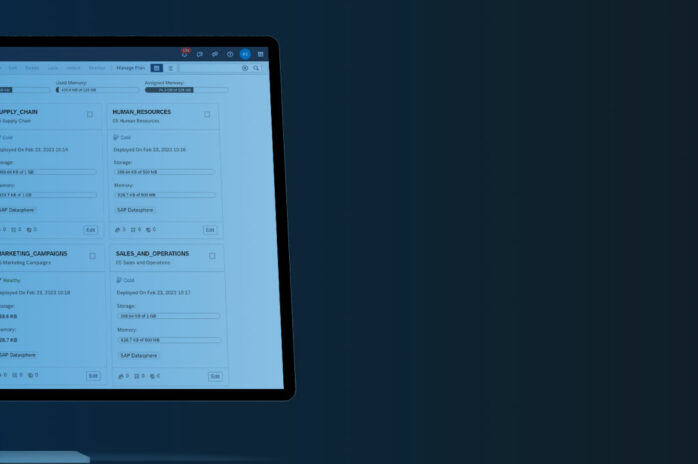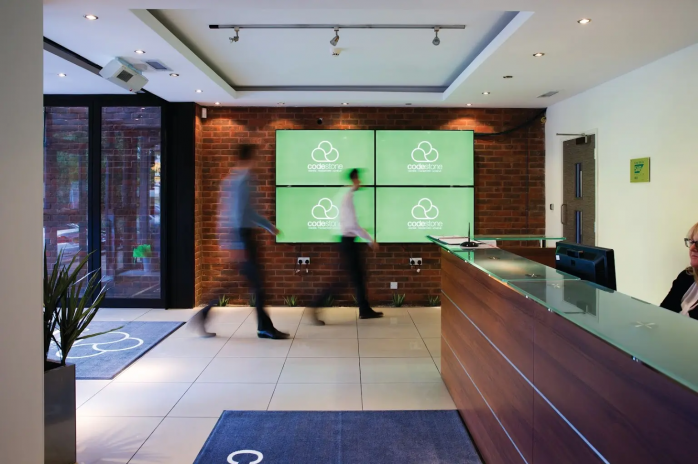An ERP (Enterprise Resource Planning) system should be the core of any business application landscape. The ability of these applications to seamlessly unify information produced by all departments enables the company decision-makers to access a true picture of their exact business position.
Installing an ERP system is one of the biggest IT decisions that an organisation can make and crucial to the future success of the business. Done well, this should provide consistency, efficiency, visibility and control across the company.
However, there are a number of factors that can still lead to the failure of an installation. This mainly boils down to the management of the project and can occur right from the outset. You therefore need to plan meticulously and factor in all requirements both now and in the future.
 Identifying Business Requirements
Identifying Business Requirements
The analysis phase is probably the most important factor when implementing an ERP system, but many organisations seem to underestimate its importance, paving the way for potential risks and the collapse of the project.
A company audit should be undertaken and a detailed document should be drawn up to make sure that the product (and the provider) can deliver what your company actually needs and that every foreseeable requirement is covered. Insufficient time spent scoping and analysing requirements could lead to unexpected costs mid project and, in some cases, the requirement may not even be technically possible with the chosen software.
Company Adoption
In parallel with this, you need to involve everyone in the business – from the top to the bottom. Senior management have to decide on levels of expenditure, deployment and requirements, but they also need to get the buy-in from employees within the company. This is very important as, at the end of the day, the system will be mainly used by non-management users.
However, there is a balance to be struck as you don’t want a committee approach with every employee involved. Organisations should choose an end user representative from each department who knows the business inside out. Senior management will have good knowledge on the overall strategy and direction of the business but only the end users know the day to day intricacies.
When the final Project Definition Document is complete each head of department should review it with their team. Giving an end user time saving features will ensure their buy-in.
Going Live Timescales
Another significant factor in the initial deployment is that many people underestimate the time that is required for the whole implementation process and set wholly unrealistic ‘Go-Live’ dates. Again, planning is essential.
If you are thinking of changing your system, you should start as early as possible and be realistic about the deployment. Expecting a project to ‘Go-Live’ in October is feasible if the agreement has been signed in January. However, it will not be possible if a commitment to the deployment has been made in June.
It must be pointed out that this timescale is only really applicable to smaller and medium sized businesses – larger organisations and projects can take a lot longer. There have been numerous instances where organisations have got it spectacularly wrong, with projects spiralling out of control in respect to budget and time – the Government’s national programme for IT in the NHS being a prime example.
However, managed well and planning a healthy lead out time, factoring in the initial selection process, deployment, testing and then data cleansing from the old system, will ultimately lead to a successful deployment whatever the size.
Testing The System
The User Acceptance Testing phase, which is after end user training and before going live, is another factor that is often overlooked. Many organisations are tempted either to miss this out altogether or attempt to cram it in a few days before the ‘Go-Live’ date.
The risk that this could induce is that the system may not function as expected when live and the ability to service customers could fail. It also puts immense pressure on the systems partner to fix things. In many cases, running two systems in parallel is impractical, but the most successful ‘Go-Lives’ happen when the organisation allocates 20-30 minutes a day testing the system over a 2-3 week period.

Future Development & ROI
Selecting the right system is obviously the main factor when deciding to upgrade an organisation’s entire structure, but selecting the right supplier to deploy and support the system throughout the entire process is also essential for a successful transition. Additionally, some businesses are so unique that they require functionality not necessarily included in the software package.
However, modern ERP systems are extremely customisable, either through flexible built-in functionality or by bolting-on development projects. A supplier with a dedicated development team can help develop bespoke systems that not only accomplish the set requirements, but also explore new opportunities that can future-proof the system and provide significant ROI.












































































